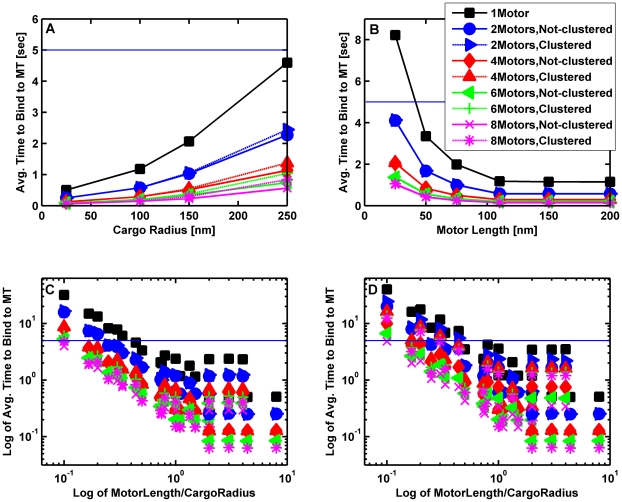Figure 9. Average time for a cargo with up to 8 motors to bind to a microtubule as a function of cargo radius and motor length.
(A) Average time for 110 nm motors to bind to a microtubule versus cargo radius at the viscosity of water. (B) Average time for motors bound to a cargo with radius 100 nm to bind to a microtubule as a function of motor length at the viscosity of water. (C) Log-log plot of the average time to bind (in seconds) versus the ratio of motor length to the cargo radius at the viscosity of water. (D) Log-log plot of the average time to bind (in seconds) versus the ratio of motor length to the cargo radius at 10 times the viscosity of water. The solid horizontal line marks a time to bind of 5 seconds. The motors are either clustered at one point on the surface of the cargo or they are randomly distributed over the surface of the cargo. The cargo was allowed to rotate randomly due to thermal effects, but it could not diffuse away from the microtubule. The log-log plots show that the time to bind goes as L−b where L is the length of the motor and the exponent b varies between 1.3 and 1.7. The solid and dashed lines are guides to the eye.

